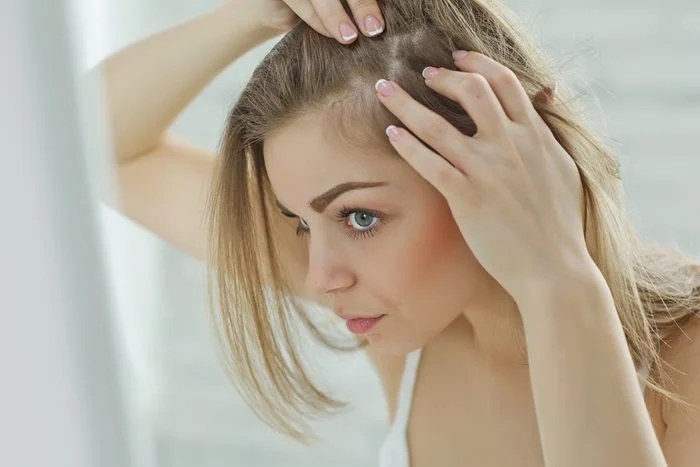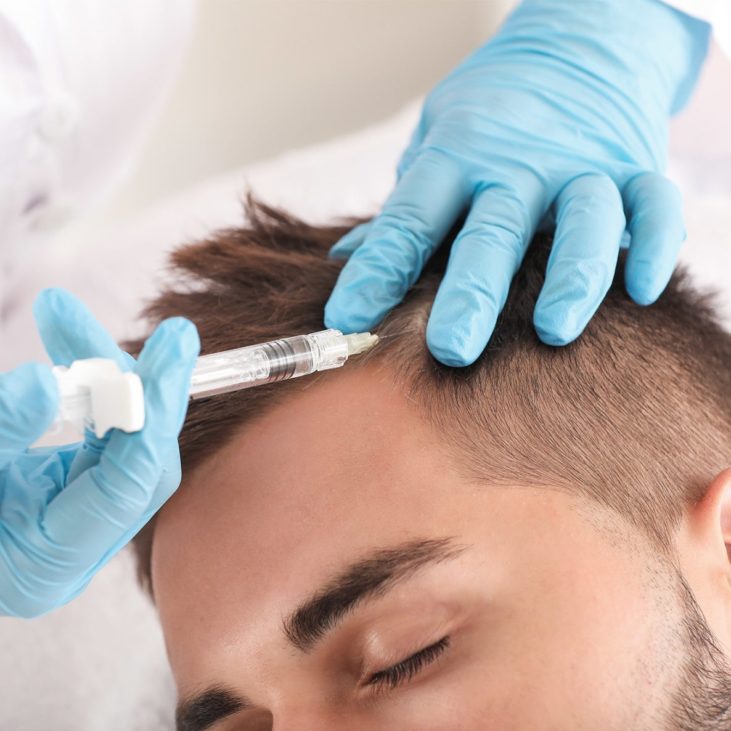Hair Loss

HAIR LOSS
Types of Hair Loss
Androgenetic alopecia (baldness)
- Men: Known as male pattern baldness, it manifests itself as a receding hairline and hair loss on the top of the head.
- Women: Female pattern baldness is characterized by thinning hair all over the scalp, often with a preserved hairline.
Alopecia Areata
- Description: patchy, often circular hair loss that can affect the scalp and other parts of the body.
- Cause: Often linked to autoimmune factors, where the immune system attacks hair follicles.
Telogen effluvium
- Description: Diffuse hair loss due to physical or emotional stress, illness, or hormonal changes.
- Duration: Often temporary, hair usually grows back once the underlying cause has been treated.
Traction Alopecia
- Description: hair loss caused by tight hairstyles that pull on the hair, such as braids, tight buns or extensions.
- Prevention: Avoid hairstyles that exert excessive traction on the hair.
Scarring Alopecia
- Description: Permanent hair loss due to scarring of the scalp caused by disease, infection or injury.
- Treatment: May require medical intervention to treat the underlying cause and limit damage.
Causes of Hair Loss
Genetics: The main cause of androgenetic alopecia is hereditary.
Hormones: Hormonal imbalances, such as those associated with pregnancy, menopause or thyroid disorders, can cause hair loss.
Stress: Physical or emotional stress can trigger telogen effluvium.
Nutrition: A lack of essential nutrients such as iron, B vitamins, vitamin D and protein can contribute to hair loss.
Diseases and medications: Certain autoimmune diseases, infections and medications (such as cancer treatments) can cause hair loss.
Chemicals and hairstyles: Aggressive chemical treatments and hairstyles that pull on the hair can lead to traction alopecia or permanent follicle damage.



